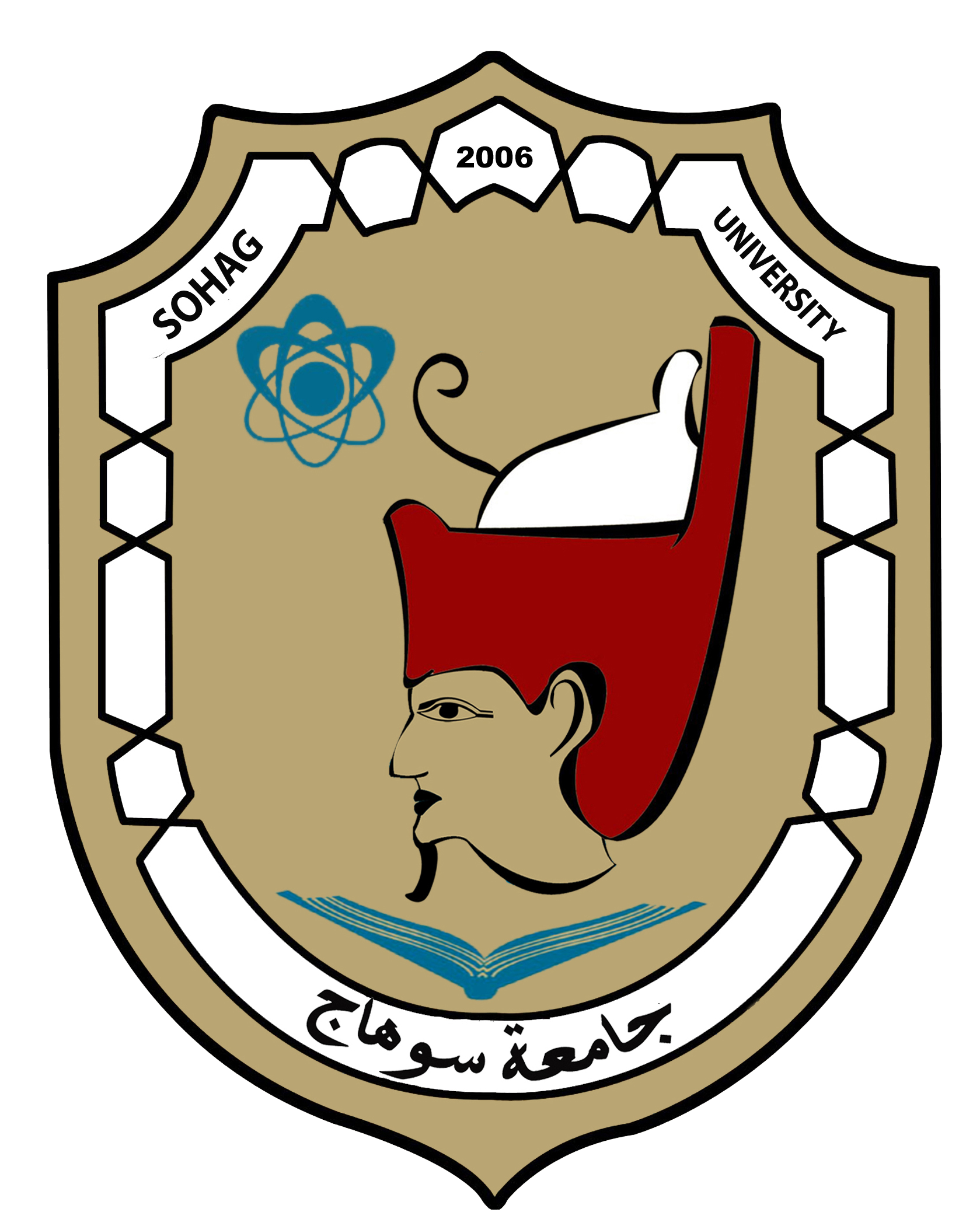اشترك بالحزمة الذهبية واحصل على وصول غير محدود شمرا أكاديميا
تسجيل مستخدم جديدSuperconductivity and Intercalation Statein the Lithium-Hexamethylenediamine-Intercalated Superconductor Li$_x$(C$_6$H$_{16}$N$_2$)$_y$Fe$_{2-z}$Se$_2$: Dependence on the Intercalation Temperature and Lithium Content
62
0
0.0
(
0
)
اسأل ChatGPT حول البحث

ﻻ يوجد ملخص باللغة العربية
The superconductivity and intercalation statein the lithium-and hexamethylenediamine (HMDA)-intercalated superconductor Li$_x$(C$_6$H$_{16}$N$_2$)$_y$Fe$_{2-z}$Se$_2$ have been investigated from powder x-ray diffraction, thermogravimetric and magnetic susceptibility measurements, changing the intercalation temperature, $T_i$, and the Li content, $x$. Both Li and HMDA have been co-intercalated stably up to $x$ = 2 roughly in the molar ratio of $x : y = 2 : 1$. In the case of $T_i$ = 45$^circ$C, it has been found that both Li and HMDA are co-intercalated locally at the edge of FeSe crystals, indicating that both Li and HMDA are hard to diffuse into the inside of FeSe crystals at 45$^circ$C. In the case of $T_i$ = 100$^circ$C, on the other hand, it has been found that both Li and HMDA diffuse into the inside of FeSe crystals, so that $T_c$ tends to increase with increasing $x$ from ~30 K at $x$ = 1 up to 38 K at $x$ = 2 owing to the increase of electron carriers doped from Li into the FeSe layers.
قيم البحث
اقرأ أيضاً
New intercalation superconductors of Li$_x$(C$_2$H$_8$N$_2$)$_y$TiSe$_2$ and Li$_x$(C$_6$H$_{16}$N$_2$)$_y$TiSe$_2$ with $T_{rm c}$ = 4.2 K have successfully been synthesized via the co-intercalation of lithium and ethylenediamine or hexamethylenedia
mine into 1T-TiSe$_2$. Moreover, it has been found that both intercalation compounds of Li$_x$TiSe$_2$ and (C$_2$H$_8$N$_2$)$_y$TiSe$_2$ also show superconductivity with $T_{rm c}$ = 2.4 K and 2.8 K, respectively. These results indicate that both the electron doping due to the intercalation of lithium and the expansion of the interlayer spacing between TiSe2 layers due to the intercalation of diamines suppress the charge density wave in 1T-TiSe$_2$, leading to the appearance of superconductivity.
Post-annealing effects on the crystal structure and superconductivity of the lithium- and hexamethylenediamine (HMDA)-intercalated superconductor Lix(C6H16N2)yFe2-zSe2 have been investigated. Through the post-annealing, a two-step reduction of the in
terlayer spacing between neighboring Fe layers, d, has been observed. It has been found that a new phase of Lix(C6H16N2)yFe2-zSe2 with d= 10.30(2) {AA} and Tc = 41 K different from the as-intercalated phase is stabilized owing to the possible stable inclination of HMDA intercalated between FeSe layers. This result supports the domic relation between Tc and d in the FeSe-based intercalation superconductors. The reason why Tc increases with a decrease in d through the post-annealing is discussed.
New superconductors, Li$_x$(C$_n$H$_{2n+3}$N)$_y$Fe$_{1-z}$Se ($n$ = 6, 8, 18), have been synthesized via the co-intercalation of linear monoamines together with Li into FeSe. The distance between neighboring Fe layers expands up to 55.7 {AA} for n =
18, which is much larger than the previous record of 19 {AA} in the FeSe-based intercalation superconductors. Tc remains saturated at $sim$42 K.
New FeSe-based intercalation superconductors, $A_x$(C$_8$H$_{11}$N)$_y$Fe$_{1-z}$Se ($A$ = Li, Na), with $T_mathrm{c}$ = 39-44 K have been successfully synthesized via the intercalation of alkali metals and 2-phenethylamine into FeSe. The interlayer
spacings, namely, the distances between neighboring Fe layers, $d$, of $A_x$(C$_8$H$_{11}$N)$_y$Fe$_{1-z}$Se ($A$ = Li, Na) are 19.04(6) and 18.0(1) {AA}, respectively. These $d$ values are the largest among those of the FeSe-based intercalation compounds and are understood to be due to the intercalation of two molecules of 2-phenethylamine in series perpendicular to the FeSe layers. It appears that the relationship between $T_mathrm{c}$ and $d$ in the FeSe-based intercalation superconductors is not domic but $T_mathrm{c}$ is saturated at ~ 45 K, which is comparable to the $T_mathrm{c}$ values of single-layer FeSe films, for $d$ $geq$ 9 {AA}.
Superconductivity and charge density wave (CDW) appear in the phase diagram of a variety of materials including the high - $T$$_c$ cuprate family and many transition metal dichalcogenides (TMDs). Their interplay may give rise to exotic quantum phenom
ena. Here, we show that superconducting arrays can spontaneously form in TiSe$_2$ - a TMD with coexisting superconductivity and CDW - after lithium ion intercalation. We induce a superconducting dome in the phase diagram of Li$_x$TiSe$_2$ by using the ionic solid-state gating technique. Around optimal doping, we observe magnetoresistance oscillations, indicating the emergence of periodically arranged domains. In the same temperature, magnetic field and carrier density regime where the resistance oscillations occur, we observe signatures for the anomalous metal - a state with a resistance plateau across a wide temperature range below the superconducting transition. Our study not only sheds further insight into the mechanism for the periodic electronic structure, but also reveals the interplay between the anomalous metal and superconducting fluctuations.
سجل دخول لتتمكن من نشر تعليقات
التعليقات
جاري جلب التعليقات


سجل دخول لتتمكن من متابعة معايير البحث التي قمت باختيارها


